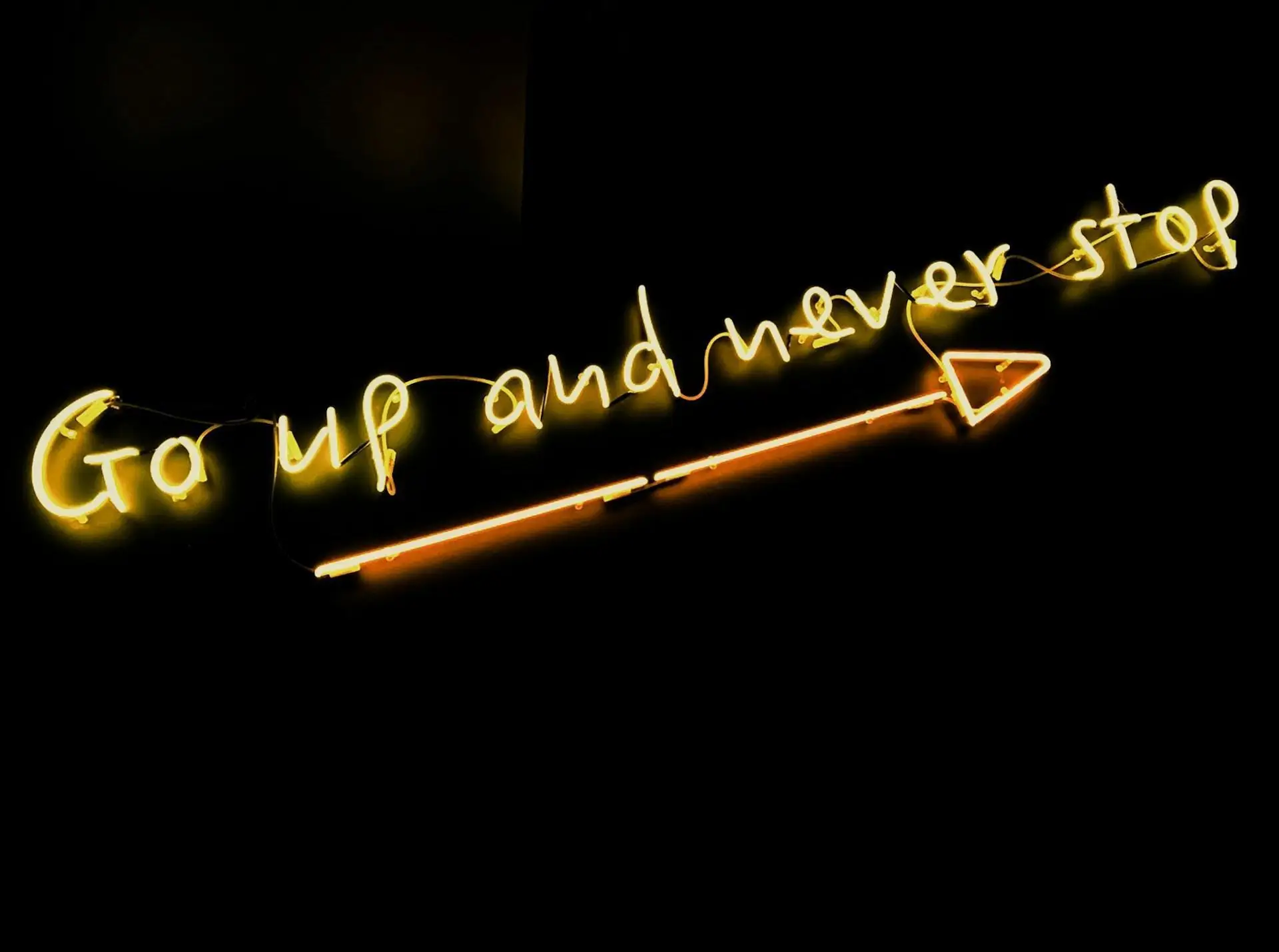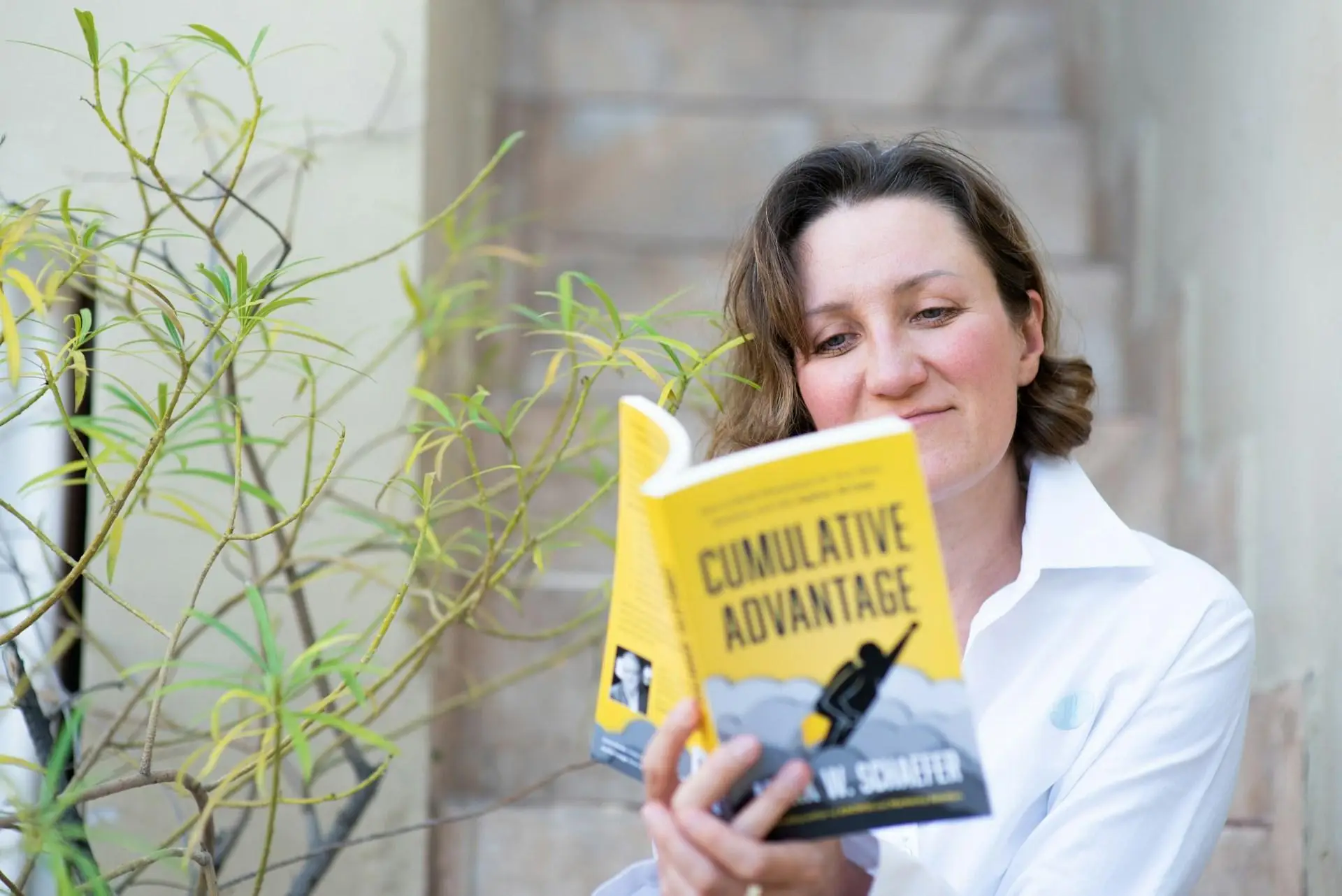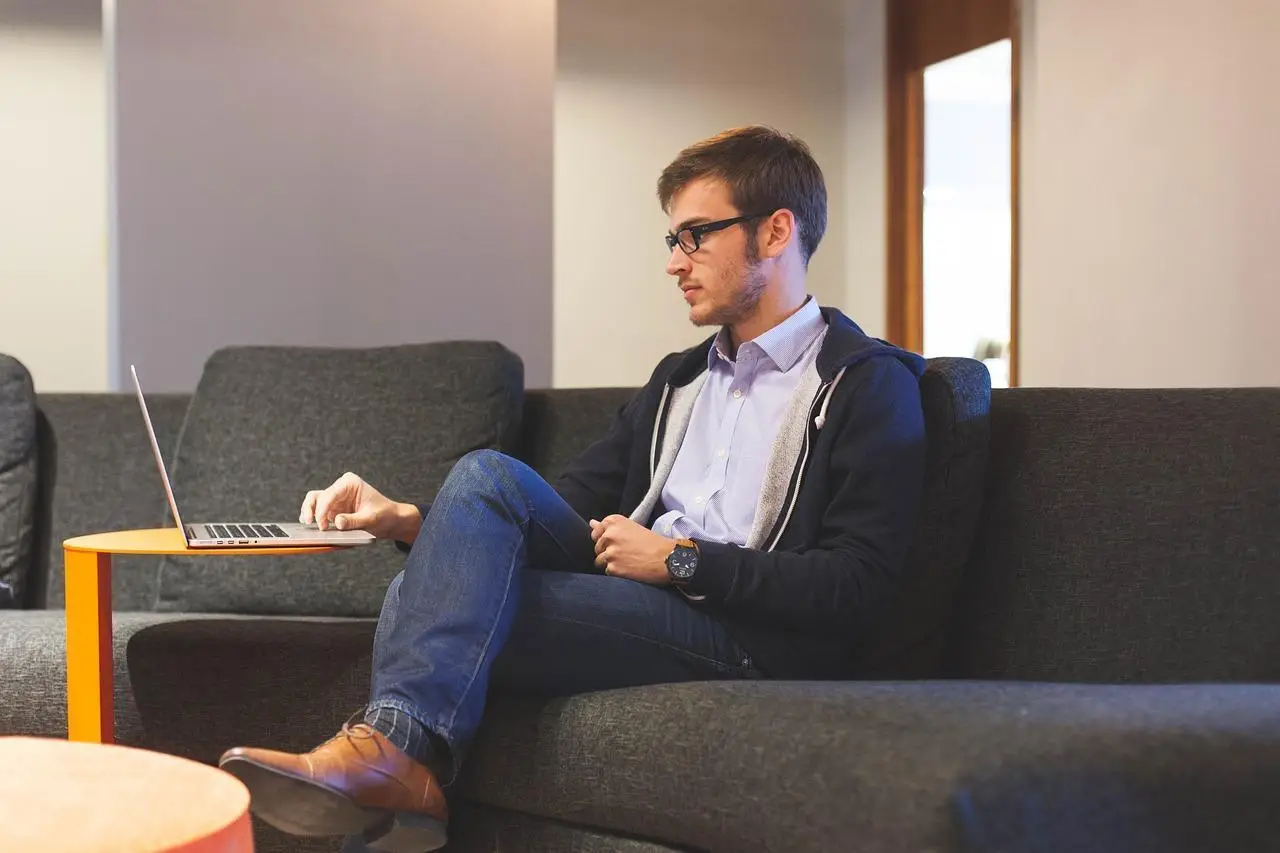How City Sounds Shape Urban Artists' Color Choices
The Symphony of Urban Chromatics
The relationship between urban soundscapes and artists' color choices represents a fascinating intersection of sensory perception and creative expression. This phenomenon, known as chromesthetic response, influences how urban artists interpret and translate their city's acoustic environment into visual art.
Understanding Sound-Color Synesthesia
The Neural Connection
Research has shown that the human brain often creates natural associations between sounds and colors, even in individuals who don't experience clinical synesthesia:
- Traffic noise correlations with warmer colors
- Ambient sound effects on color intensity
- Sound frequency relationships with color brightness
- Urban rhythm impact on color patterns
- Environmental noise influence on palette selection
The Urban Acoustic Palette
Sound-Color Mapping
Different urban environments create distinct sound-color associations:
- Subway Rumbles: Deep blues and purples
- Street Traffic: Vibrant reds and oranges
- Park Sounds: Soft greens and yellows
- Construction Noise: Sharp blacks and grays
- Night City Ambience: Muted violets and indigos
Scientific Foundation
Neurological Research
Studies have identified specific patterns in how urban artists process and translate sound into color:
| Sound Type | Color Association | Emotional Response |
|---|---|---|
| High-frequency | Bright, light colors | Energetic |
| Low-frequency | Dark, deep colors | Grounding |
| Rhythmic | Patterned palettes | Structured |
| Chaotic | Contrasting hues | Dynamic |
Environmental Impact
City-Specific Influences
Each city's unique soundscape creates distinctive color trends among its artists:
- Architectural acoustics
- Population density effects
- Cultural sound elements
- Seasonal sound variations
- Time-based sound patterns
The Digital Revolution
Technology's Role
Modern technology has transformed how artists capture and interpret urban sounds:
- Sound recording applications
- Digital color analysis
- Audio-visual software
- Real-time sound mapping
- Color frequency analysis tools
Cultural Perspectives
Global Urban Variations
Different cities worldwide demonstrate unique sound-color relationships in their local art:
- New York's bold, high-contrast palettes
- Tokyo's technological color influences
- London's atmospheric color schemes
- Mumbai's vibrant sound-color translations
- Berlin's industrial color responses
Artistic Techniques
Methods and Approaches
Urban artists employ various techniques to translate sound into color:
- Sound wave visualization
- Frequency mapping
- Acoustic color coding
- Temporal color progression
- Environmental sound sampling
The Psychology of Urban Color
Emotional Resonance
The psychological impact of urban sounds significantly influences color selection:
- Stress response colors
- Comfort zone palettes
- Memory-associated hues
- Emotional color mapping
- Mood-influenced selections
Future Trends
Emerging Directions
The evolution of urban sound-color art continues to develop with:
- AI-assisted color selection
- Virtual reality applications
- Biometric feedback integration
- Smart city influence
- Interactive installations
The Urban Canvas
The relationship between city sounds and artistic color choices continues to evolve as urban environments change and technology advances. Understanding this connection helps explain why urban art often reflects the acoustic character of its environment in its color palette.
The future of urban art lies in the increasingly sophisticated understanding of how our sensory experiences shape creative expression. As cities grow and change, so too will the visual language artists use to interpret their sonic environment, creating ever more nuanced and meaningful works that capture the essence of urban life."









